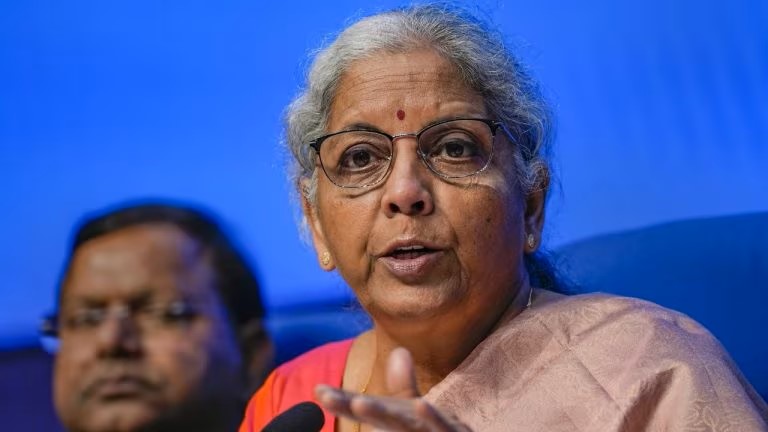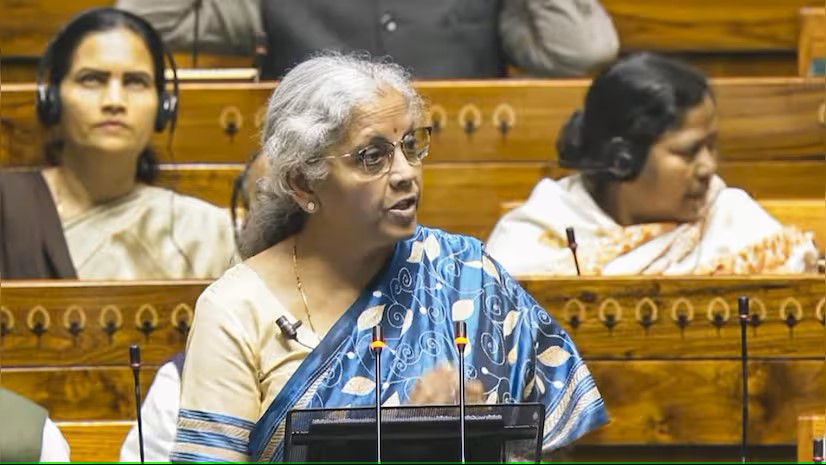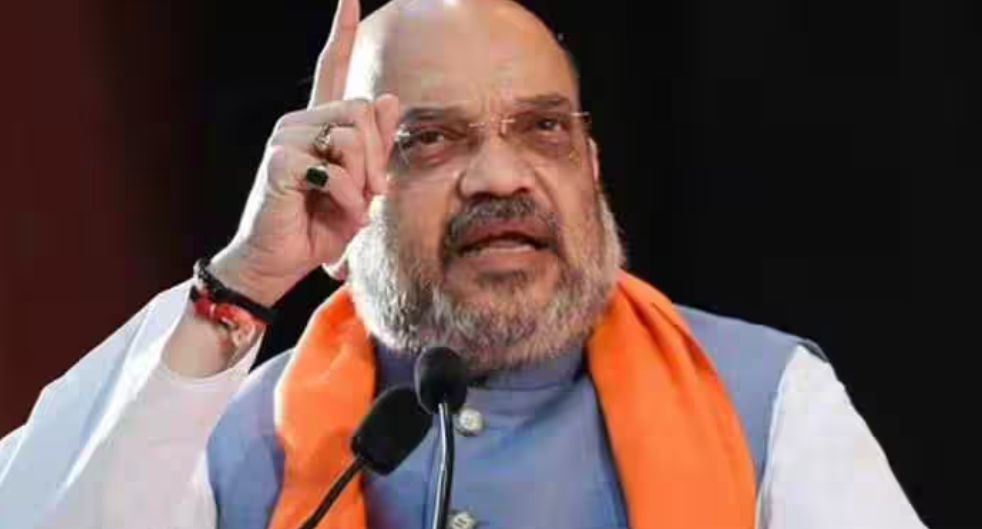As India barrels towards its high-stakes Lok Sabha elections, the Bharatiya Janata Party (BJP)-led National Democratic Alliance (NDA) government has thrown a political grenade into the fray – a white paper titled “Banking Crisis: A Legacy of UPA Misrule.” This damning document accuses the previous Congress-led United Progressive Alliance (UPA) of orchestrating a financial catastrophe through politically motivated lending in public sector banks (PSBs), setting the stage for a heated election battle centred on economic narratives.
 The white paper paints a grim picture of the UPA’s tenure, alleging rampant political interference in loan approvals that resulted in a toxic brew of non-performing assets (NPAs) crippling PSBs. It meticulously details the exponential rise of NPAs during the UPA’s rule, citing a Credit Suisse report that claims nearly half of the loans extended to top companies during that period remain hidden as unrecognized NPAs. This explosive allegation serves as the NDA’s central argument, portraying the UPA as architects of a financial crisis that continues to plague India’s banking sector.
The white paper paints a grim picture of the UPA’s tenure, alleging rampant political interference in loan approvals that resulted in a toxic brew of non-performing assets (NPAs) crippling PSBs. It meticulously details the exponential rise of NPAs during the UPA’s rule, citing a Credit Suisse report that claims nearly half of the loans extended to top companies during that period remain hidden as unrecognized NPAs. This explosive allegation serves as the NDA’s central argument, portraying the UPA as architects of a financial crisis that continues to plague India’s banking sector.
The Congress party, unsurprisingly, has taken a strong stance against the white paper, dismissing it as a politically motivated fabrication aimed at deflecting attention from the NDA’s economic woes. They counter the NDA’s claims by highlighting the global financial crisis of 2008 as a significant contributor to the rise of NPAs, arguing that it impacted economies worldwide, not just India. Furthermore, the UPA points to its initiatives, such as bank nationalization and financial inclusion programs, as cornerstones that laid the foundation for a more robust banking system. This counter-narrative attempts to shift the focus away from the NDA’s accusations and present the UPA’s economic legacy in a more positive light.
With both sides armed with their narratives, the white paper has become a potent weapon in the upcoming electoral battle. The NDA hopes to leverage the document to paint the UPA as fiscally irresponsible and unfit to manage the economy, potentially swaying voters concerned about the health of the banking sector. The UPA, on the other hand, will likely use the global economic context and its economic achievements as shields against the NDA’s accusations. This war of narratives will play out in the public sphere, with each side meticulously crafting its message to resonate with voters.
The ultimate impact of the white paper on the election outcome remains shrouded in uncertainty. While it may resonate with voters seeking accountability for the banking crisis, its effectiveness will depend heavily on how convincingly the UPA counters the allegations. The coming weeks will witness an intense political slugfest, with both sides deploying all their communication arsenals to shape public perception. Ultimately, the voters will hold the key, deciding whether they believe the NDA’s narrative of a UPA-orchestrated financial crisis or are swayed by the UPA’s defence and its economic vision for India’s future.




